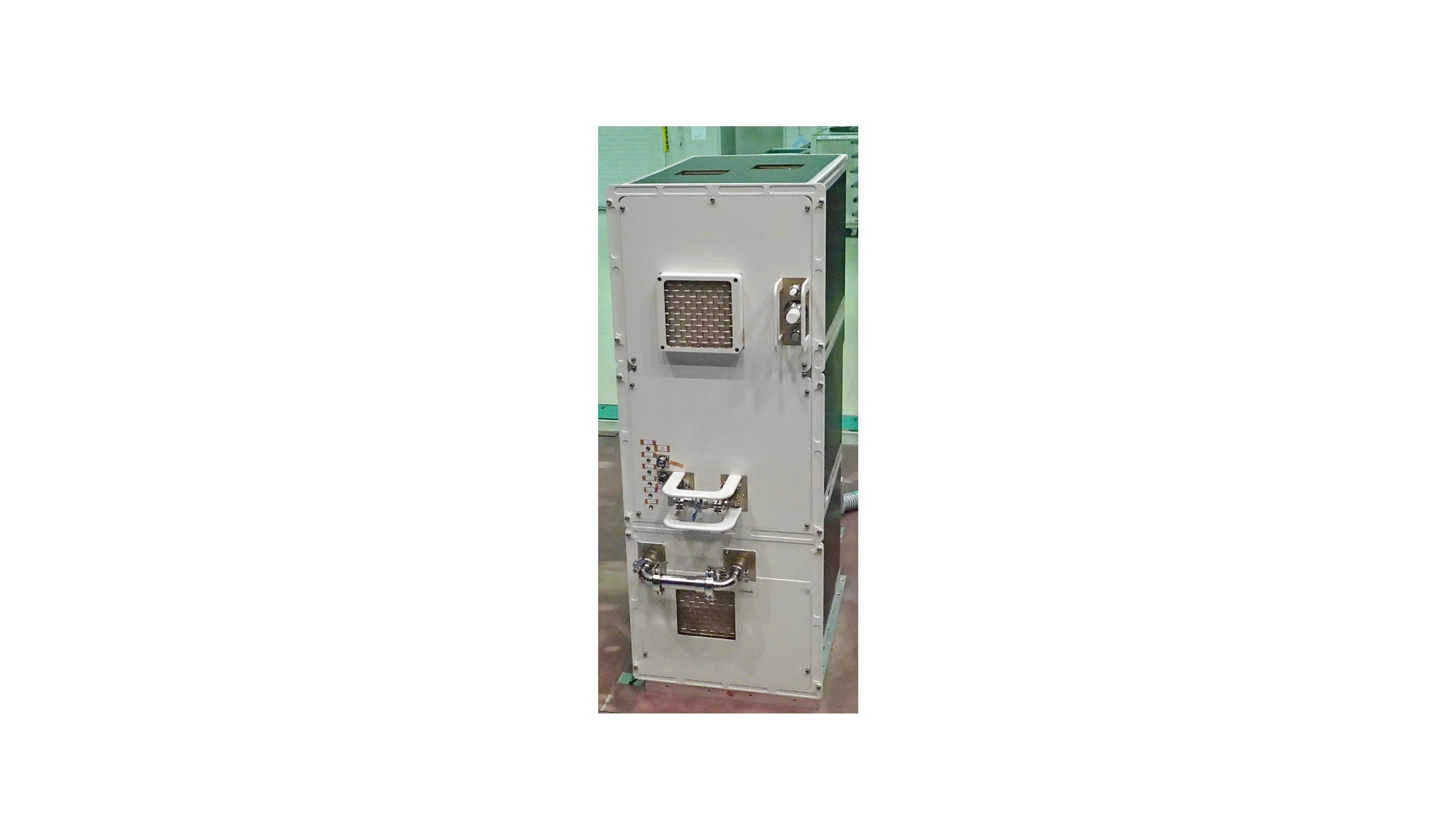ISS Science for Everyone
SCIENCE OBJECTIVES FOR EVERYONE
A life support system’s ability to remove carbon dioxide from a spacecraft’s atmosphere is critical for humans to live and work in space. The Japan Aerospace Exploration Agency (JAXA) is currently developing a novel carbon dioxide removal system for use in future human space exploration missions. The JEM (Japanese Experiment Module) Demonstration of CO2 Removal System (JEM DRCS) is a technology demonstration investigation to evaluate the performance of this system on the International Space Station’s "Kibo" Module.
Experiment Description
RESEARCH OVERVIEW
- For human activity in space exploration, systems that remove carbon dioxide (CO2) emitted by humans are essential. The JEM (Japanese Experiment Module) Demonstration of CO2 Removal System (JEM DRCS) is a technology demonstration using the Interntional Space Station (ISS) to perfect this technology towards more efficient system.
- The equipment must operate reliably in orbit, and the experimental data obtained is to be reflected in the design of a future CO2 removal system.
- This novel system provides a significant contribution to future human space exploration, and the technology obtained through its development could be useful in reducing CO2 emissions on Earth.
DESCRIPTION
The Japan Aerospace Exploration Agency (JAXA) has been developing carbon dioxide (CO2) removal systems through ground demonstration activities for years. The JEM (Japanese Experiment Module) Demonstration of CO2 Removal System (JEM DRCS) is operated in the International Space Station’s (ISS) "Kibo" module where astronauts are constantly working under microgravity conditions in a pressurized habitat. Cabin air containing CO2 is taken into the device where the CO2 is removed, and the CO2-removed air is returned to the cabin. Concentrated CO2 is vented through the JEM waste gas line. The technology obtained through this development and operation must be able to be reflected in the design of a practical CO2 removal system in the future.
Media Gallery

Applications
SPACE APPLICATIONS
The results obtained from this on-orbit evaluation are used for the development of a Carbon Dioxide Removal System to be provided for the Gateway habitation module, and the lunar rover, in the Artemis program.
EARTH APPLICATIONS
The technology developed through this investigation can be used for carbon capture and storage (CCS) on Earth.
Operations
OPERATIONAL REQUIREMENTS AND PROTOCOLS
The hardware is launched to the International Space Station aboard a cargo transport vehicle. ISS crew members assemble the hardware and install it in the Ryutai Rack located in the “Kibo”.
Once it is installed in the Rack, the CO2 Removal System is operated by a ground control via remote commands for a period of at least three months. The Research team monitors the downlinked data and analyzes it to evaluate the system performance over time, and to make operational changes in the system’s operation.
Cabin air containing CO2 is taken into the device, and the CO2-removed air is returned to the cabin again. Concentrated CO2 is vented through the JEM waste gas line. After the investigation is completed, the absorbent and dehumidifier hardware are collected and stowed for return to Earth for analysis.
Publications
PRINCIPAL INVESTIGATOR(S)
JAXA
Unless specified otherwise, rights to all images belong to ©JAXA



